BLOG
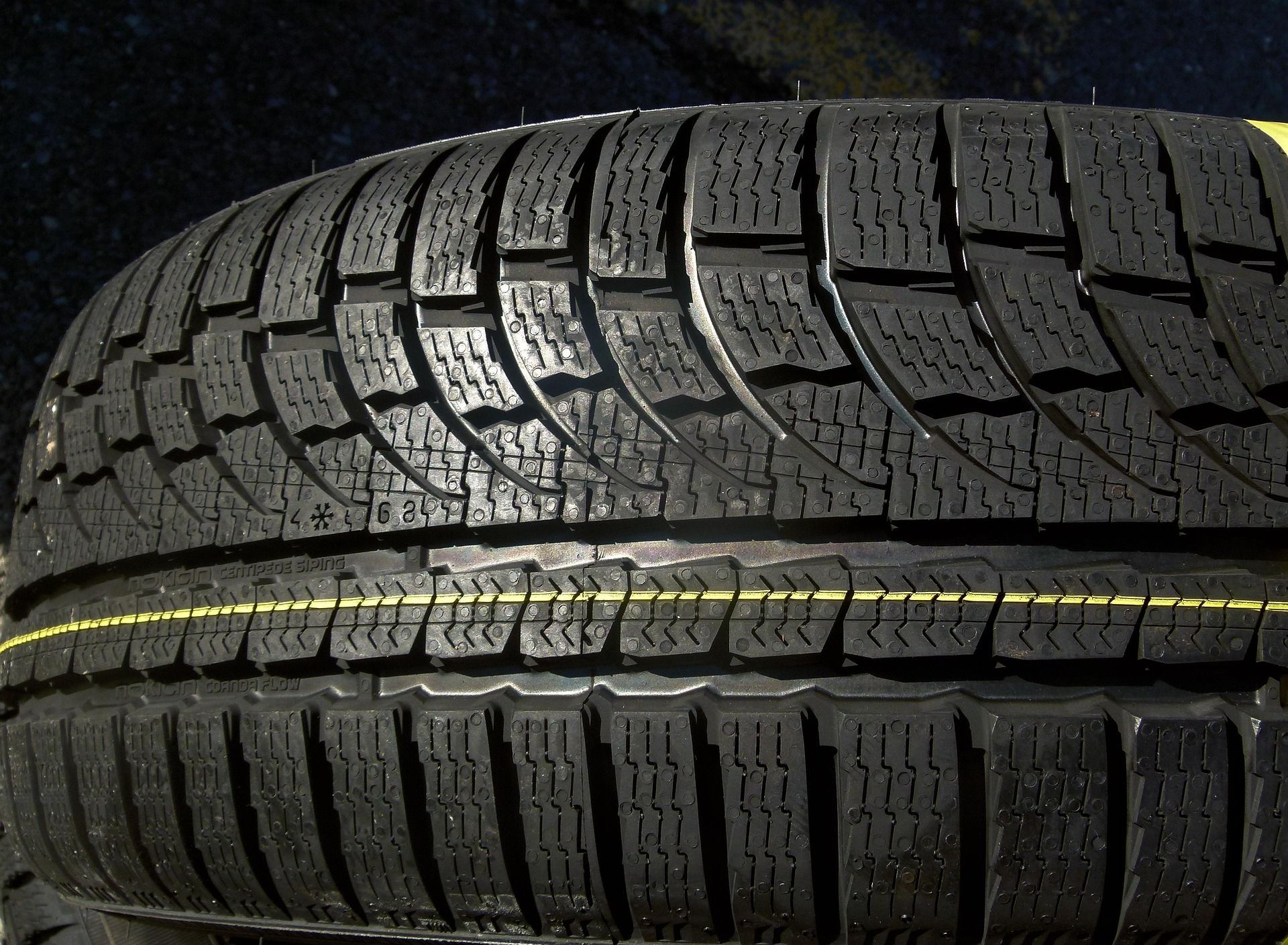
Maximizing Vehicle Control When it is time to replace worn or damaged tires , many drivers wonder whether they should install one tire, a pair of tires, or a full set of four. Although there are situations in which partial replacement is unavoidable, installing a complete set often offers meaningful advantages for handling, safety, and long term performance. At Raymond’s Tire Shop, we help drivers understand how tire matching influences the way a vehicle responds on the road. When all four tires share the same tread pattern, age, compound, and wear level, the vehicle is better equipped to perform as intended in a variety of driving conditions.
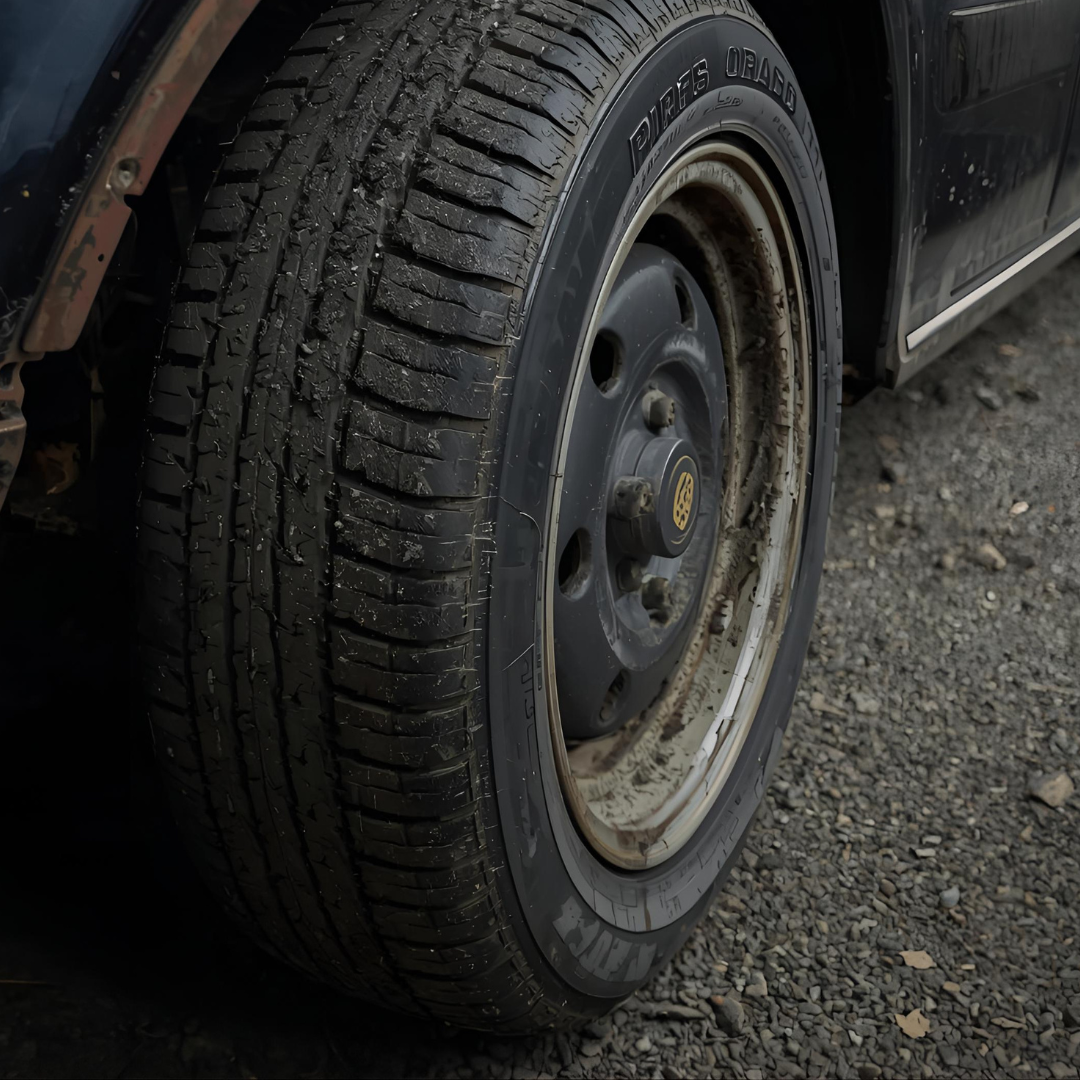
The Hidden Risks of Old Tires With Good Tread Many drivers judge the condition of their tires by looking at the tread, and it is understandable why. Tread depth affects traction, braking, and safety, and worn tread is a clear indicator that replacement is needed. However, tread depth alone does not tell the whole story. Tires age over time, and rubber can deteriorate regardless of how much tread remains. This means a tire that appears healthy at first glance may no longer be safe for daily driving. At Raymond’s Tire Shop, we help drivers understand how tire aging occurs, why it matters, and how to identify when replacement is necessary even if the tread still looks acceptable. Why Tires Age Over Time Tires are made from rubber compounds that are exposed to stress every day. Even when a vehicle is parked, the rubber is reacting to oxygen, sunlight, temperature changes, and humidity. These environmental factors slowly affect the structure of the rubber. Over time, oxidation causes the rubber to harden, which reduces its ability to grip the road. This process occurs naturally and continues regardless of how often the vehicle is driven. Although modern tires are designed to resist environmental wear, no tire can prevent oxidation entirely. The aging process is gradual, and its early stages are often invisible to the driver. By the time cracks or stiffness appear, the tire may already have lost some of its original performance capabilities.
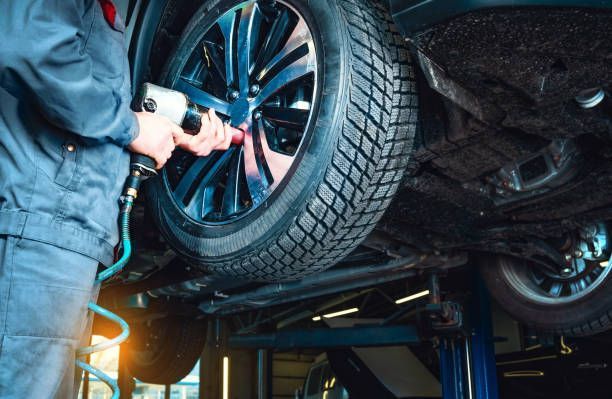
Make Informed Tire Decisions for Safety and Performance Selecting new tires involves more than choosing a brand or tread pattern. Two important factors, load ratings and speed ratings, play a significant role in determining how well a tire will perform for your vehicle. These ratings help ensure that the tires you choose can safely handle the weight of your vehicle and the speeds you commonly drive. At Raymond’s Tire Shop, we want our customers to understand these ratings so they can make informed decisions and choose tires that provide safety, durability, and reliable performance. What Load Ratings Represent A tire’s load rating indicates the maximum weight it can safely carry when properly inflated. Every tire is assigned a load index number , which corresponds to a specific weight capacity. The higher the number, the more weight the tire can support. This rating is essential because it helps ensure that the tires are capable of carrying the weight of the vehicle, its passengers, and any additional cargo. Selecting a tire with a load rating lower than what your vehicle requires can lead to excessive wear, heat buildup, and potential tire failure. Tires that are overloaded or underinflated may deform as they roll, placing stress on the internal structure. At our shop, we review your vehicle’s manufacturer recommendations to ensure the load rating matches or exceeds the specified requirement. This provides confidence that the tire will support your vehicle under everyday driving conditions.
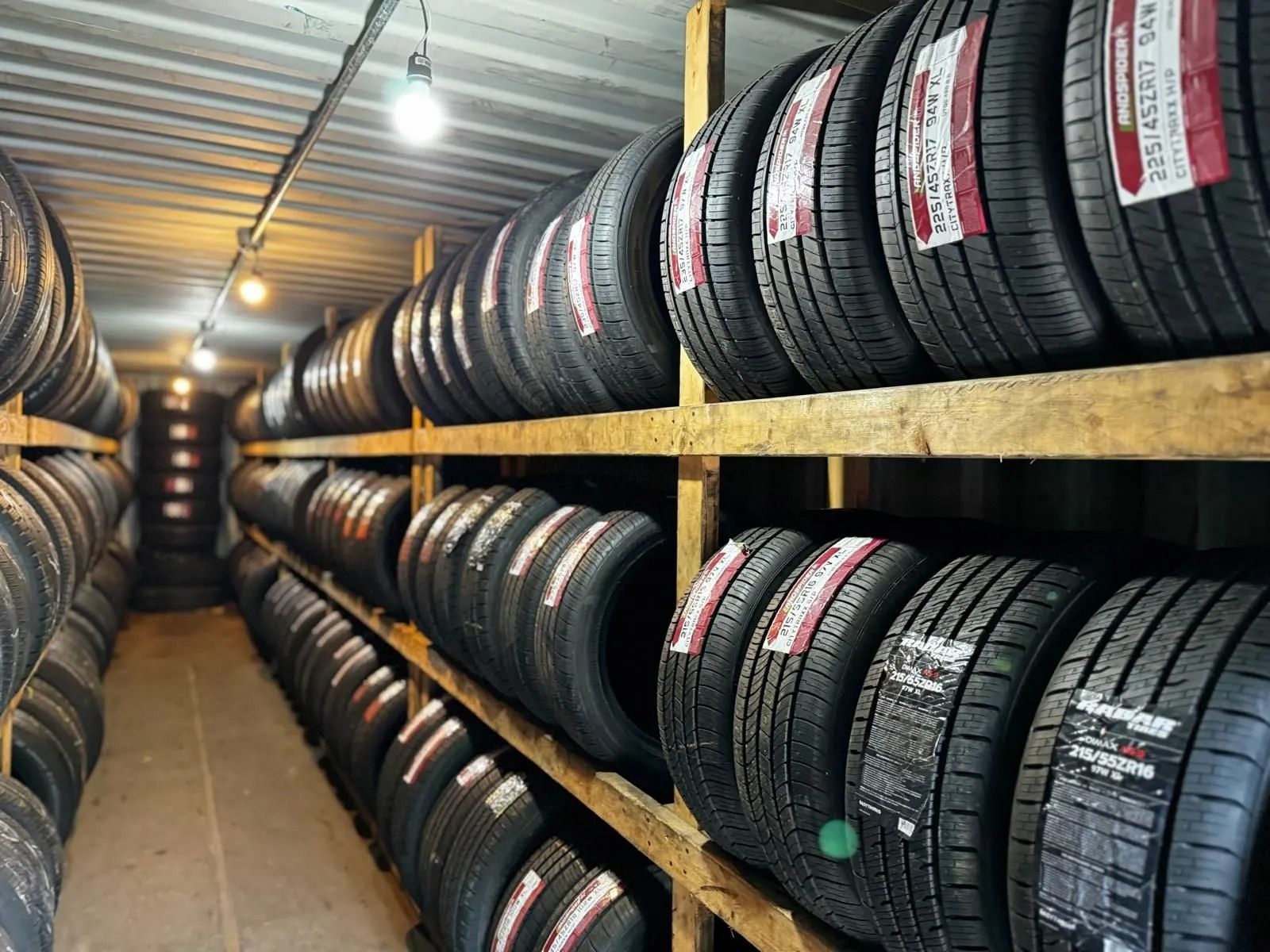
The Critical Connection Between Tire Wear and Road Safety Safe driving depends on several factors, but few are as important as the condition of your tires. Even with a strong engine, advanced braking system, and modern safety features, a vehicle cannot perform properly if its tires are worn. At Raymond’s Tire Shop, we help drivers understand how tire wear affects stopping distance, traction, and emergency maneuverability, because these elements are essential for avoiding collisions and maintaining control on the road. Why Tread Depth Matters Tread depth plays an essential role in the way a tire grips the road. As tread wears down, the grooves that disperse water, provide traction, and maintain stability begin to fade. Even if worn tires appear functional, their performance decreases significantly, especially during sudden stops or emergency maneuvers. Industry research, including studies supported by AAA and the Automobile Club of Southern California’s Automotive Research Center , has shown that worn tires require noticeably longer distances to come to a complete stop. Reduced tread depth limits the tire’s ability to grip the pavement, which increases the time and distance needed to slow the vehicle safely.

Prepare Your Tires for the Miles Ahead The holiday season is one of the busiest times of the year for travel. Families pack their cars, load up luggage, and hit the road to visit loved ones or enjoy a well-deserved getaway. However, before heading out, it is important to make sure your vehicle is ready for the trip, starting with your tires. At Raymond’s Tire Shop, we know that well-maintained tires can make the difference between a safe, smooth trip and an unexpected roadside delay. Here is a complete tire health checklist to help you prepare for holiday travel with confidence. 1. Check Tire Pressure Cold weather affects tire pressure more than most drivers realize. For every 10-degree drop in temperature , tire pressure can decrease by about one pound per square inch. Underinflated tires increase rolling resistance, reduce fuel efficiency, and can cause uneven tread wear. They also make your vehicle harder to handle on wet or icy roads. Before setting out, check your tire pressure with a reliable gauge and compare it to the manufacturer’s recommended level listed in your vehicle’s owner’s manual or on the driver-side door jamb. If pressure is low, top it off to the proper level. Remember to check your spare tire as well, as many travelers forget it until they actually need it.
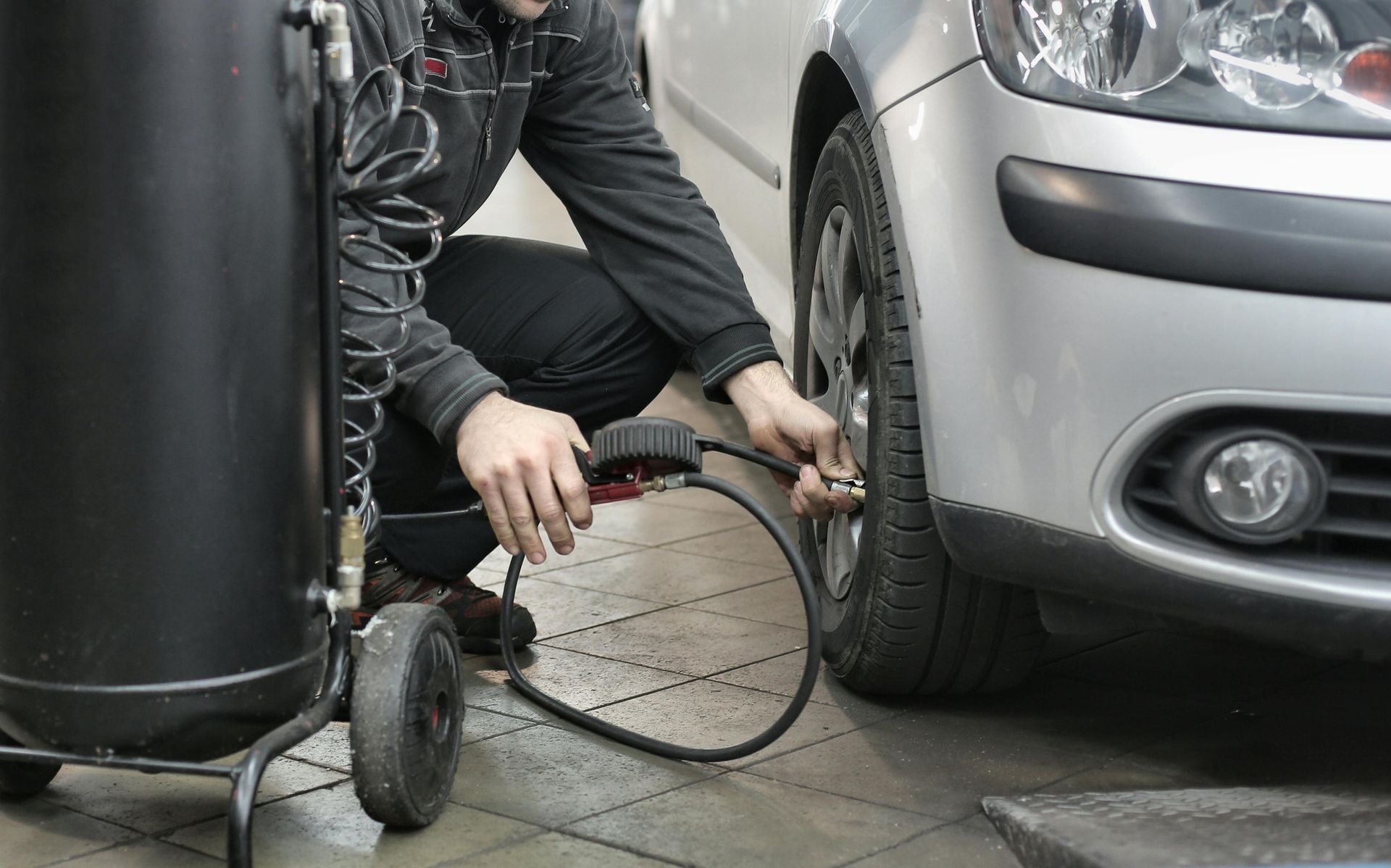
Protect Your Vehicle and Safety with Expert Tire Installation Replacing a set of tires may seem straightforward, but proper mounting requires more than a few basic tools. It demands precision, experience, and the right equipment to ensure the safety and performance of your vehicle. While online tutorials make do-it-yourself tire mounting appear easy, even small mistakes can lead to costly or dangerous results. At Raymond’s Tire Shop, we know that professional tire mounting protects your investment, your safety, and your vehicle’s longevity. What Tire Mounting Involves Tire mounting is the process of fitting a tire securely onto a wheel and inflating it to the proper pressure. It sounds simple, but it involves several precise steps. The bead of the tire must seat perfectly against the rim to create an airtight seal. The tire must also be balanced afterward to prevent vibration and uneven wear. Professional technicians use specialized machines that apply even pressure and protect both the tire and the wheel from damage during installation. Mounting tires by hand or with improper tools can easily scratch the wheel, pinch the bead, or damage internal tire components. Even a small imperfection in the bead can cause air leaks or blowouts at highway speeds.

The Key to Safer, Longer-Lasting Performance Tires are one of the most important components of any vehicle, yet they are often among the most overlooked. They are the only parts of your car that make contact with the road, influencing everything from handling and braking to fuel efficiency and comfort. Regular tire rotation is one of the simplest and most effective ways to ensure that your tires perform safely and last as long as possible. What Is Tire Rotation? Tire rotation is the process of moving each tire from one position on the vehicle to another, such as from front to back or side to side. The purpose of this routine maintenance is to ensure that all tires wear evenly. Because each tire performs a slightly different role depending on the drivetrain and vehicle weight distribution, they tend to wear at different rates. For example, in a front-wheel-drive vehicle, the front tires handle both steering and the majority of the engine’s power , which causes them to wear more quickly. By rotating the tires periodically, wear patterns are distributed more evenly across all four tires. This helps maximize their lifespan and maintain consistent performance.

Boston Winter Driving Made Safer Boston winters are not for the faint of heart . Between freezing rain, icy roads, and sudden snowstorms, driving during the colder months can quickly turn from routine to risky. Your tires are the first line of defense against these conditions, and if they are not in top shape, even the most experienced driver can lose control on slick pavement. Preparing your tires before the worst weather arrives is one of the most effective ways to stay safe and avoid costly damage. At Raymond’s Tire Shop, we help drivers across Boston get ready for winter with expert tire inspections, replacements, and maintenance services that keep vehicles reliable when temperatures drop.
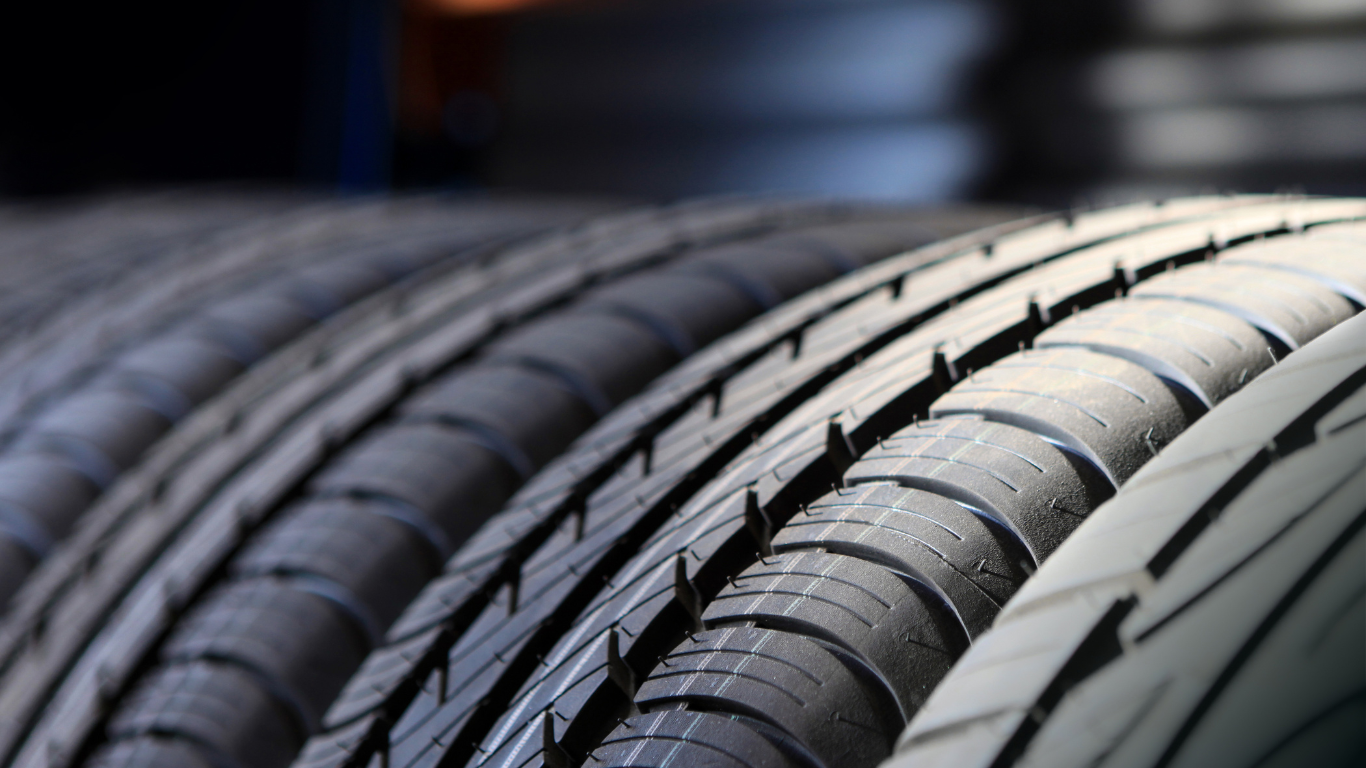
Stay Safe and Save More Your tires are the only part of your vehicle that make contact with the road, which means they play a direct role in safety, handling, and fuel efficiency. Over time, even the best tires wear down and lose performance. Recognizing the early warning signs that your tires need service can prevent more serious issues, extend their lifespan, and save you money in the long run. At Raymond’s Tire Shop in Boston, we help drivers keep their tires balanced, aligned, rotated, and inflated for smooth, efficient driving in all seasons. 1. Uneven Tread Wear Uneven tread wear is one of the most common signs that your tires need professional attention. If one side of the tire appears more worn than the other, it may indicate improper alignment or suspension problems. When tires are misaligned, they do not sit evenly on the road, which causes certain sections of the tread to wear faster. Not only does this shorten the lifespan of your tires, but it also affects your vehicle’s handling. If you notice that your car pulls to one side or that the steering wheel vibrates, it is time to schedule a wheel alignment . Regular alignment service helps keep your tires in contact with the road evenly, improving both safety and fuel economy.
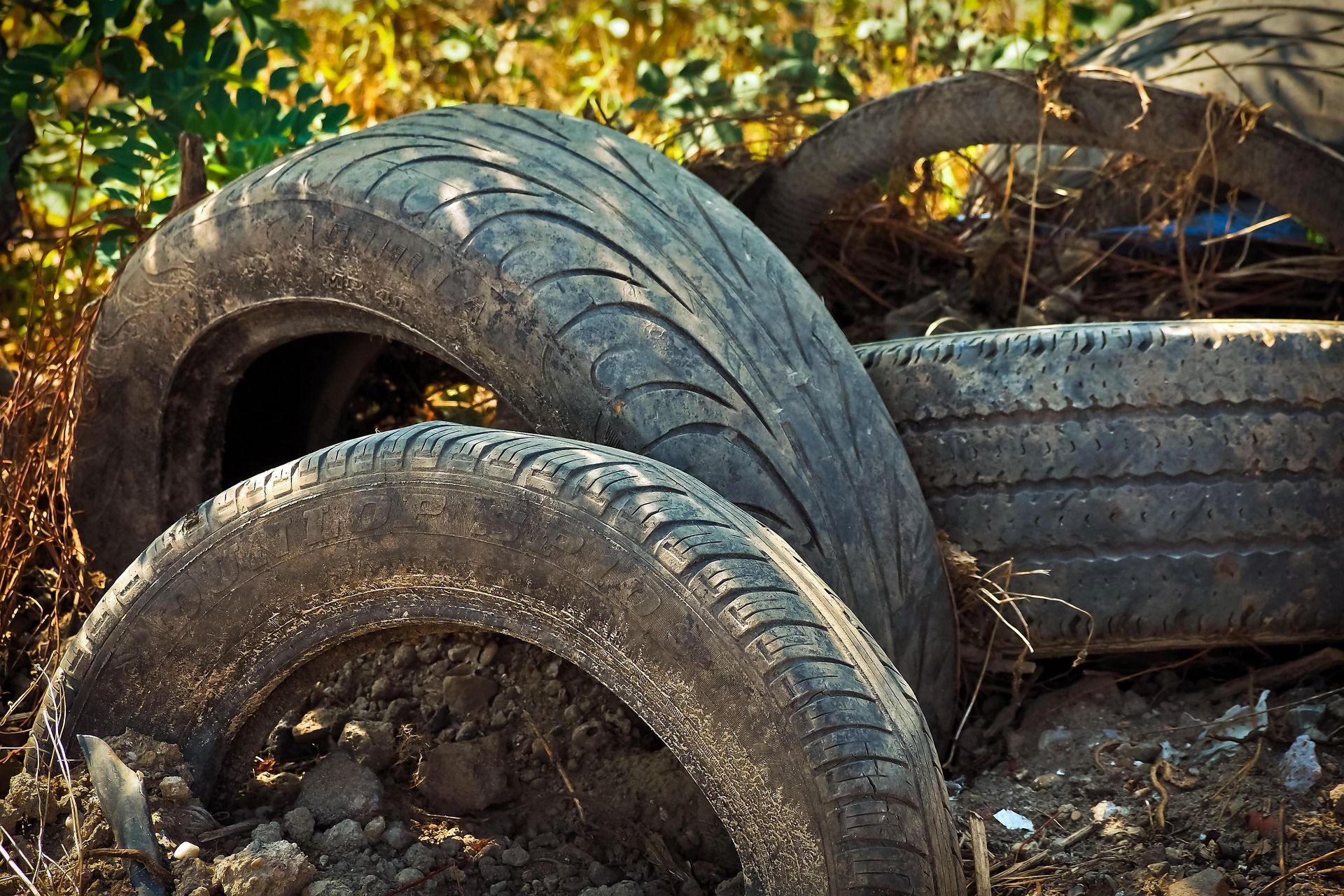
Beyond Tread and Pressure Tires are one of the most important safety features on any vehicle, yet they often receive attention only when something goes wrong. While most drivers focus on tread depth or air pressure, another critical issue can quietly develop over time: dry rot. Also known as sidewall cracking, dry rot weakens the rubber and increases the risk of blowouts or sudden air loss. In a climate like Boston, where temperatures swing from humid summers to freezing winters, tire dry rot is a common concern. At Raymond’s Tire Shop, we help drivers identify the warning signs early and replace compromised tires before they become a hazard. What Causes Tire Dry Rot Dry rot occurs when rubber loses its flexibility and begins to break down. This process is primarily caused by exposure to sunlight, ozone, and extreme temperature fluctuations. In Boston, the combination of hot, sunny days in the summer and cold, salty roads in the winter accelerates the breakdown of tire compounds . Other contributing factors include underinflation, lack of regular use, and age. Even if tires appear to have plenty of tread left, they can become unsafe if the rubber has begun to deteriorate.




